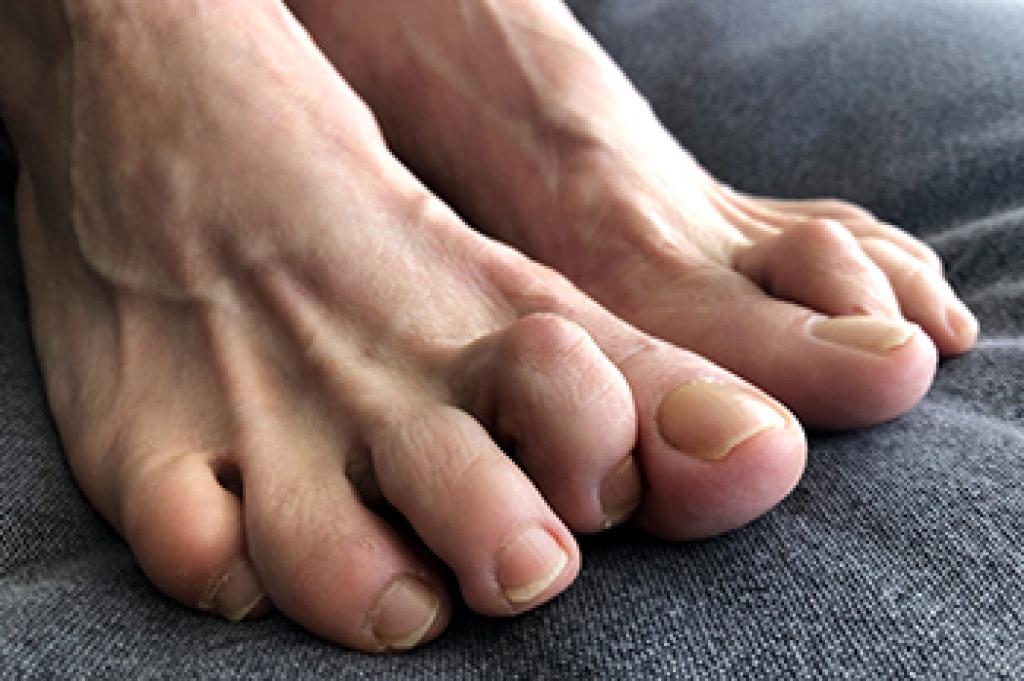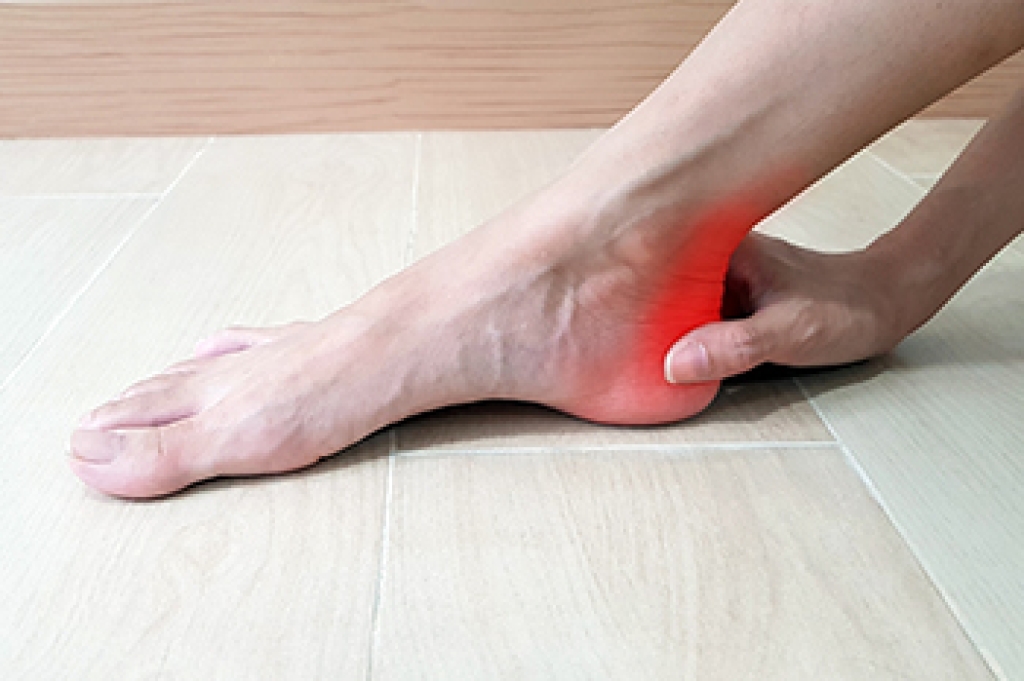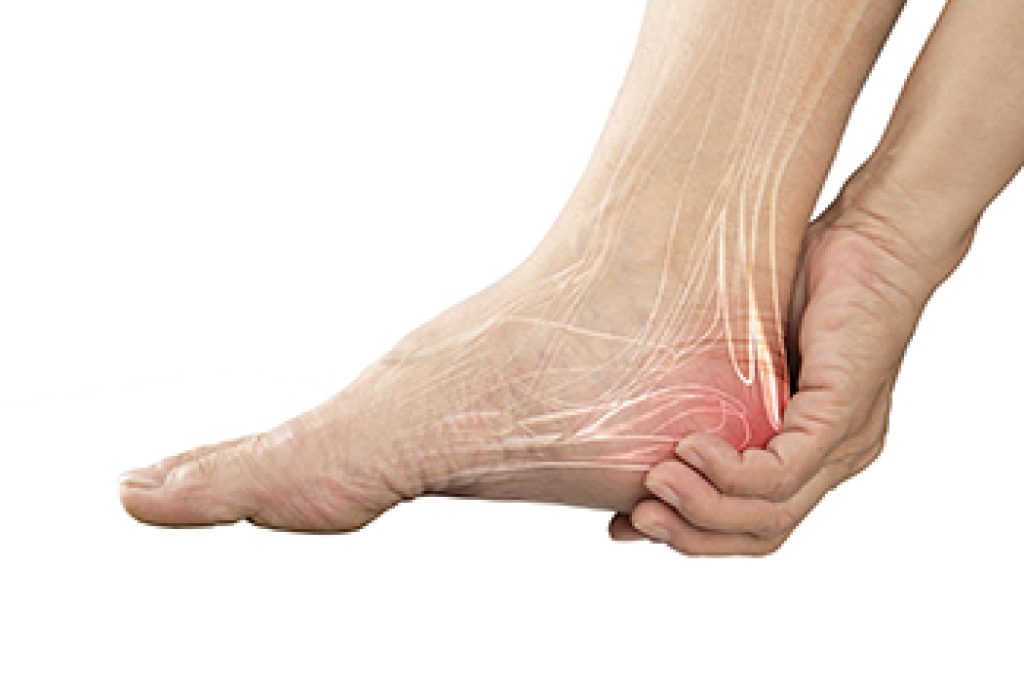
A hammertoe develops when a toe bends into a fixed Z-shaped position due to tendon imbalance or long-term pressure from shoes that lack adequate support. Other causes of hammertoe include structural issues like long toe bones or poor joint alignment. The raised portion of the toe can rub inside the shoe and lead to corns, calluses, or skin irritation, and some people feel pain in the ball of the foot when pressure shifts to that area. Diagnosis is made through a foot exam by a podiatrist who also checks nearby joints for signs of arthritis. Treatment includes wearing shoes with a wide toe box, toe pads to reduce rubbing, splints to limit irritation, and orthotics to ease pressure under the forefoot. Surgery may be advised when the toe becomes rigid and painful. If you are experiencing pain caused by a hammertoe, it is suggested that you schedule an appointment with a podiatrist for an exam and appropriate treatment.
Hammertoes can be a painful condition to live with. For more information, contact Manisha Mehta, DPM of Detroit, MI. Our doctor will answer any of your foot- and ankle-related questions.
Hammertoe
Hammertoe is a foot deformity that occurs due to an imbalance in the muscles, tendons, or ligaments that normally hold the toe straight. It can be caused by the type of shoes you wear, your foot structure, trauma, and certain disease processes.
Symptoms
- Painful and/or difficult toe movement
- Swelling
- Joint stiffness
- Calluses/Corns
- Physical deformity
Risk Factors
- Age – The risk of hammertoe increases with age
- Sex – Women are more likely to have hammertoe compared to men
- Toe Length – You are more likely to develop hammertoe if your second toe is longer than your big toe
- Certain Diseases – Arthritis and diabetes may make you more likely to develop hammertoe
Treatment
If you have hammertoe, you should change into a more comfortable shoe that provides enough room for your toes. Exercises such as picking up marbles may strengthen and stretch your toe muscles. Nevertheless, it is important to seek assistance from a podiatrist in order to determine the severity of your hammertoe and see which treatment option will work best for you.
If you have any questions, please feel free to contact our office located in Detroit, MI . We offer the newest diagnostic and treatment technologies for all your foot care needs.




